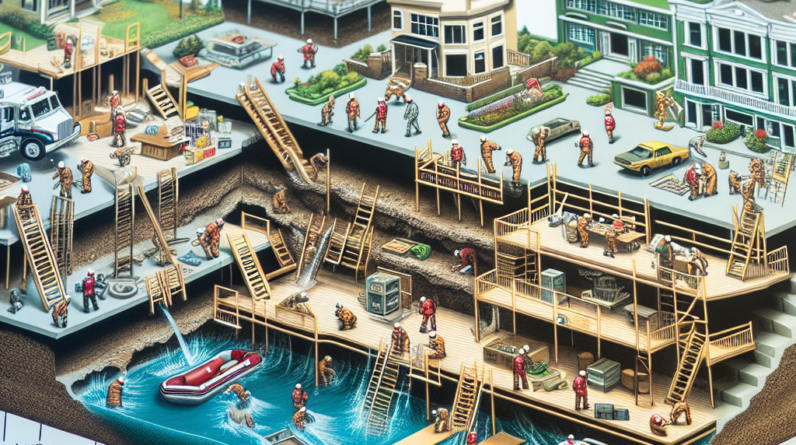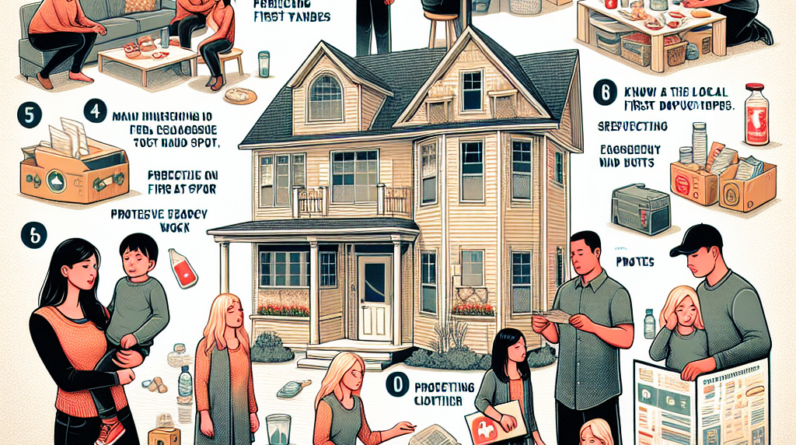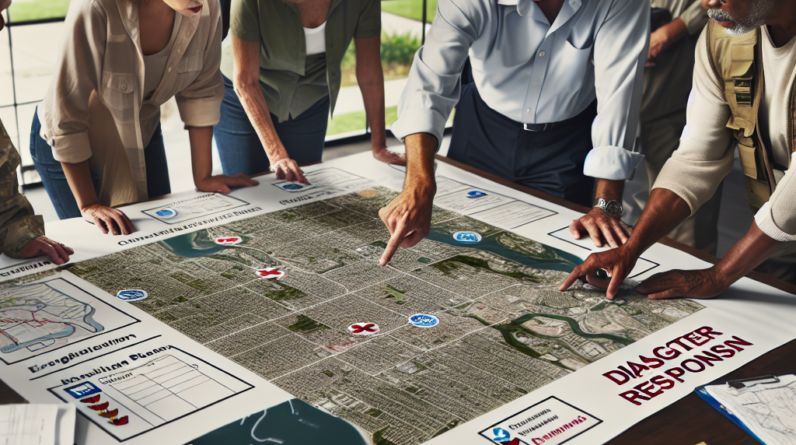
Preparing your home for natural disasters is crucial, especially given the unpredictable nature of these events. This guide will walk you through the essential steps to safeguard your property and ensure the safety of your loved ones.
Assess Your Property’s Vulnerabilities
# Understanding Risk Factors
One of the initial steps in disaster preparedness is to evaluate the vulnerabilities specific to your property. Different areas are prone to distinct natural disasters, such as floods, storms, or earthquakes. Identifying the risks prevalent in your region is crucial. Conducting a local hazard search can provide significant insights.
Once risks are identified, it’s helpful to list potential weak points around your home, such as overhanging branches or inadequately sealed windows. This process not only focuses your efforts on critical areas but also helps estimate the extent of necessary preparations.
Keeping a record of this vulnerability assessment and reviewing it regularly can be beneficial. This allows you to address any new risks that may arise from changes such as landscaping or renovations, ensuring your home remains secure.
Create an Emergency Plan
# Involve the Whole Family
Creating an emergency plan should be a collaborative family effort. Involving all family members, including pets, is essential. Discussing the plan together, from escape routes to emergency meeting points, helps ensure everyone understands what to do in case of a disaster.
Practicing the emergency plan through drills is also vital. Experiencing simulated emergencies can improve everyone’s ability to act swiftly and effectively during real situations. Assigning specific roles to each family member can further clarify responsibilities and reduce confusion.
Include vital information like emergency contacts and medical details in your plan, and store them in an easily accessible ‘grab-and-go’ bag. This preparation ensures that you can quickly retrieve essential information when disaster strikes.
Invest in Proper Insurance
# Assessing Your Coverage Needs
Understanding that not all homeowner’s insurance policies cover every type of disaster is crucial. Assessing your policy to ensure it includes appropriate coverage for specific disasters prevalent in your area is essential, particularly if you live in a high-risk zone.
Consulting with an insurance agent who is familiar with your region’s risks can provide valuable advice on necessary additional coverage, such as flood or earthquake insurance. Regularly updating your insurance policy to reflect any changes in your property’s value or structure can also be economically beneficial.
Fortify Your Home
# Simple Renovation Ideas
Starting with basic renovations can significantly enhance your home’s resistance to natural disasters. Ensuring that windows and doors are properly sealed can defend against elements like water and wind. Installing storm shutters, although cumbersome, provides substantial protection during severe weather.
Upgrading to more durable roofing materials and maintaining efficient drainage systems are also effective in strengthening your home’s defenses. Even seemingly minor upgrades, such as reinforcing the garage door, can provide substantial benefits during intense storms.
Stay Informed and Prepared
# Technology and Alerts
Leveraging technology is increasingly important in emergency preparedness. Keeping your mobile device set to receive alerts for weather warnings or disaster updates can provide crucial information in a timely manner. Utilizing apps and following local news sources on social media can keep you well-informed.
Pre-stocking essential supplies such as water, non-perishable food, and a first-aid kit can alleviate stress and allow you to concentrate on more immediate concerns when a disaster is imminent.
FAQ
# 1. Why is it important to assess vulnerabilities before a disaster?
Assessing your property’s vulnerabilities allows you to identify and prioritize areas that need reinforcement, thereby effectively mitigating potential damage during disasters.
# 2. How often should we review our emergency plan?
It’s advisable to review your emergency plan annually or following significant life changes, such as a move or the addition of a family member, to ensure everyone remains familiar with their roles.
# 3. What types of insurance should I consider for disaster coverage?
Depending on your geographic location, additional coverages like flood, earthquake, or windstorm insurance may be necessary. Consulting with an insurance expert can help customize your policy to meet your specific needs.
# 4. What are some cost-effective ways to fortify my home?
Affordable measures such as sealing windows, cleaning gutters, and bolstering doors can significantly enhance your home’s durability against natural disasters. Participating in local safety workshops can also offer practical tips.
# 5. How can technology help during disasters?
Technology aids in disaster preparedness by providing timely alerts and updates through various applications and social media channels, ensuring you are always one step ahead. Keeping a portable power source handy is also essential for maintaining communication.


